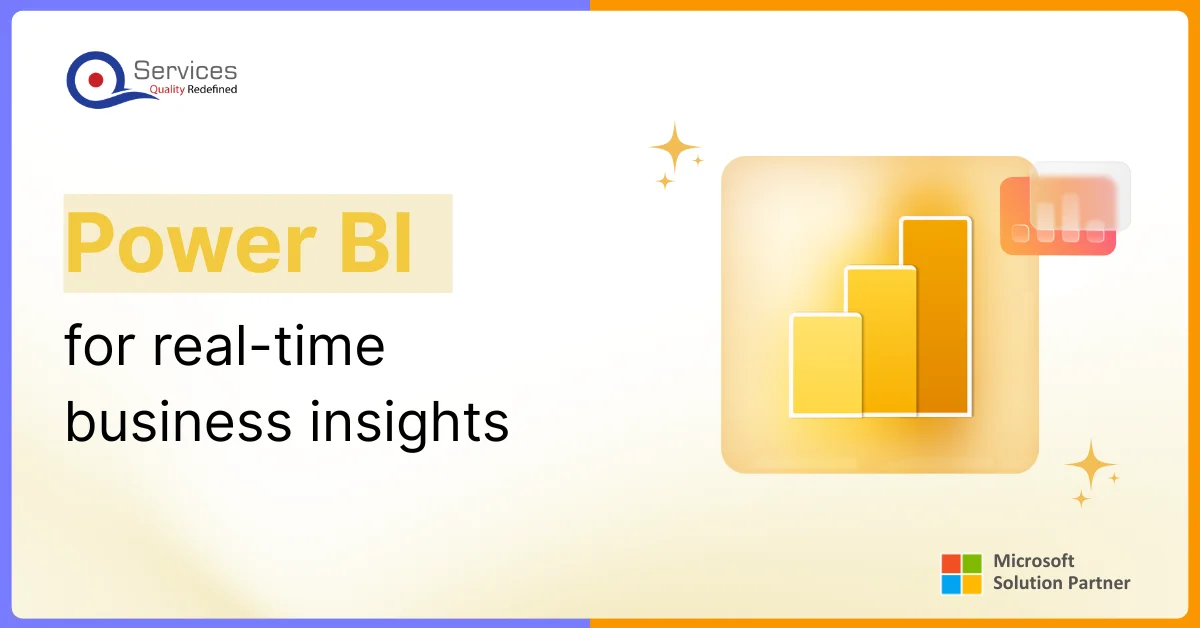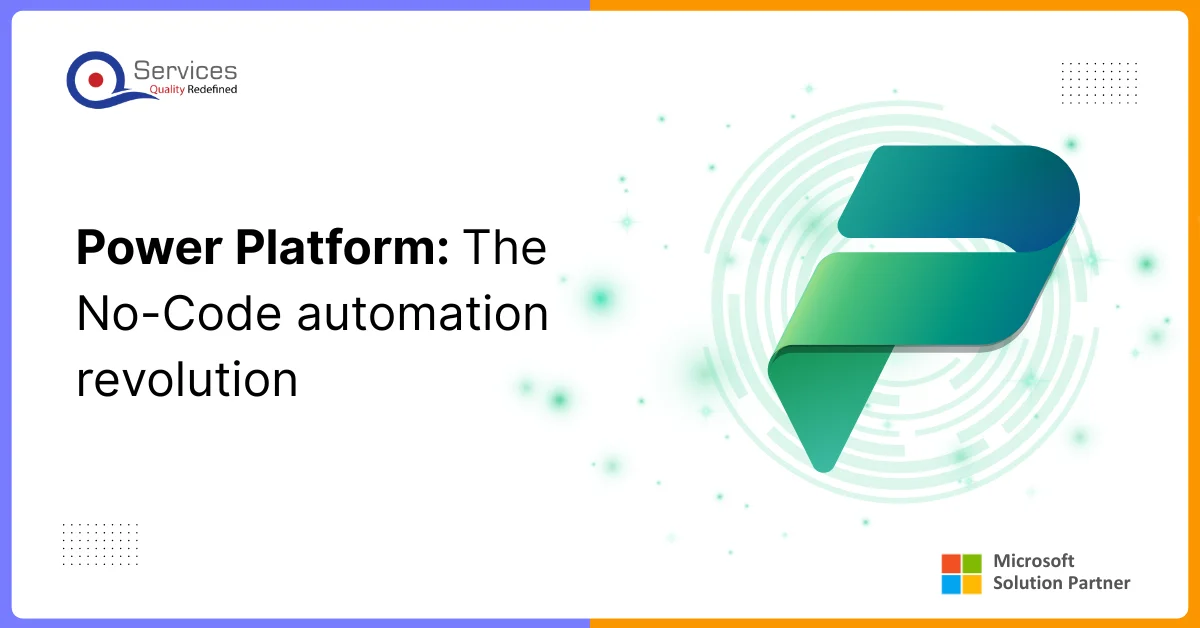
Home » How to Identify High-Impact Processes for Automation in Your Bank

Automation has been the centre of attention for financial institutions. From streamlining routine processes to managing tasks that require intelligence, automation has become a go-to solution for achieving speed and accuracy in finance.
The adoption of automation in finance is growing at such a pace that approx. 40% of tasks in finance will be automated in the coming years. However, many financial institutions are either adopting automation based on hype or not utilizing it effectively, resulting in wasted resources.
The true value of automation emerges when institutions shift toward impact-focused strategic implementation. How does this happen? Keep reading to find out how you can identify the most valuable processes for automation.
Determining which processes actually need automation is crucial for financial institutions. Poor process selection can significantly reduce the efficiency and ROI of automation efforts.
For example, deploying a chatbot to handle complex investment advisory queries often leads to wasted resources. These interactions typically require personalized, regulated advice—along with a degree of emotional understanding.
Process automation in the banking sector is best suited for repetitive, rule-based tasks such as KYC validation, data entry, regulatory compliance, and similar workflows. When selected carefully, automation delivers:
Identifying high-impact banking processes for automation requires meeting several essential criteria. Here we have compiled a list of key factors with examples:
1. Repetitive and Rule-Based Tasks
2. High Volume and Frequent Tasks
3. Tasks with High Error Rates or Compliance Risks
4. Processes That Integrate Easily with Existing Systems
5. Tasks That Can Cut Costs and Save Time
6. Tasks Supporting Risk Management and Compliance
Get free Consultation and let us know your project idea to turn into an amazing digital product.

Automation has transformed a number of banking operations with its capabilities of speed, accuracy, and compliance. Here are the top examples of high-impact Robotic Process Automation (RPA) use cases in banking:
Credit Risk Automation and Underwriting
Automation helps banks quickly assess credit risk by analysing borrower information. It significantly reduces manual work and speeds up loan approvals to lead towards better decision-making.
Banking Compliance Automation (KYC and AML Checks)
Automating KYC and AML processes helps banks meet regulatory requirements efficiently. It ensures customer identities are verified, and transactions are monitored without delays.
Loan Origination Workflows
Automation also streamlines loan origination by handling document collection and validation. It reduces processing time and improves accuracy.
Customer Onboarding and Document Verification
With automation, onboarding a customer is a work of minutes. It independently extracts and verifies data from documents to reduce errors and prevent fraud.
Back-Office Operations: Reconciliation and Reporting
Automating reconciliation and reporting reduces manual errors and frees staff for more important tasks. With automation in banking, reports are generated faster and more accurately.
Automation in Risk Management and Internal Audit
One of the key applications of banking automation is its role in risk management. It enables continuous monitoring of activities and quickly flags potential issues. Automation also supports internal audit teams by strengthening control mechanisms and following compliance standards
To identify banking processes for automation, financial institutions must follow a strategic approach. Here’s a step-by-step roadmap to do it effectively:
Start by creating a complete map of daily banking tasks. Understand the strengths and weaknesses of each operation. Identify tasks that are slow, complex, or error prone, as these are strong candidates for automation.
Review each process for both technical and operational feasibility. Check if the process is rule-based, repetitive, and compatible with existing systems or automation tools.
Estimate the expected benefits of automation. Focus on metrics like time saved, cost reduction, and fewer errors to determine high-impact opportunities.
Identify potential risks such as compliance gaps, data privacy concerns, or system vulnerabilities. The automated solution should not compromise regulatory requirements or data integrity.
Prioritize processes that align with your bank’s long-term goals and enhance customer experience. Focus on automation that adds measurable value and supports strategic initiatives.
Automation is highly beneficial when it is selected by carefully planning and evaluating the specific needs of the organization. Here are key practices to follow:
Share your project idea with us. Together, we’ll transform your vision into an exceptional digital product!

Automation is quickly leading the finance sector towards smarter banking. But success comes only when automated tasks bring value, whether its faster operations, less errors, or stronger compliance.
Banks must choose the right, rule-based processes for automation. That’s the foundation of sustainable, tech-driven operations. As tools evolve, banks can scale automation into more complex workflows—like risk checks, data handling, and decision support.
Those who follow a focused, step-by-step approach will adapt faster and lead with confidence.
Start with repetitive, rule-based tasks like KYC verification, loan processing, and transaction reconciliation—these offer quick wins with high ROI.
Automation ensures consistent adherence to regulations by minimizing manual errors and providing audit trails for processes like AML and KYC checks.
Choosing the right processes ensures efficiency gains and cost savings. Automating unsuitable tasks can lead to wasted resources and compliance issues.
Automation (chatbots) enhances customer experience by reducing wait times, providing 24/7 services, and ensuring faster transaction processing.
Hyperautomation involves integrating multiple technologies like AI, RPA, and machine learning to automate complex banking processes end-to-end.
Yes, cloud-based RPA solutions and phased implementations make automation accessible and cost-effective for smaller financial institutions.
AI enhances automation by enabling intelligent decision-making, predictive analytics, and personalized customer interactions.
Banks typically see 25-50% cost reduction in automated processes, with some operations achieving up to 80% time savings.
Current automation handles rule-based decisions well, but human oversight is still needed for complex judgments and exception handling.
The banking sector will continue to adopt advanced automation technologies to improve efficiency, reduce costs, and enhance customer satisfaction.

Have a one on one discussion with our Expert Panel

In the past, business intelligence tools focused on collecting data and creating reports every month. That approach worked when things moved slowly. Now, businesses need to make decisions in seconds. Waiting for static reports can mean missing sales, reacting late to supply issues, or not spotting financial risks on time.

As this year closes, no-code automation is steering digital transformation across industries. Businesses that began with low-code tools are now scaling faster through Power platform development strategies. Many are realizing that innovation, security, and efficiency can coexist when automation is built on Microsoft Power platform.

Secure access is vital for organizations managing digital identities in today’s landscape. While both CIAM and IAM secure user identities, they serve different purposes — CIAM for customers and IAM for employees. This article explores their key differences and how to choose the right system.

Founder and CEO

Chief Sales Officer
